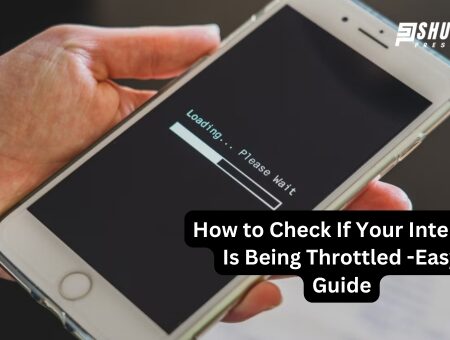Ever found yourself asking, “Why is my internet so slow?” It could be because your internet is being throttled. That’s right, sometimes the speed of your internet isn’t just about a bad connection or a stormy day. Throttling can happen, and it’s important you know how to check for it. Stick around as I reveal some simple ways to uncover if you’re a victim of this frustrating issue!
To see if your internet is being throttled, start by conducting an internet speed test at different times of the day. Next, compare these speeds with the ones promised by your service provider. If you notice a big difference, especially during high-traffic hours, there’s a good chance that throttling is at play. It doesn’t take much—a few clicks here and there—and you’re on your way to discovering the truth about your slow connection!
Why Does Throttling Happen?
Throttling occurs primarily as a strategy for internet service providers (ISPs) to manage network traffic efficiently. Since the amount of data being transmitted over networks is immense—particularly due to high-bandwidth activities such as gaming, streaming, and torrenting—ISPs sometimes limit data speeds to prevent their infrastructure from becoming overloaded. This ensures that all users receive adequate service levels, even at peak times or in congested areas.
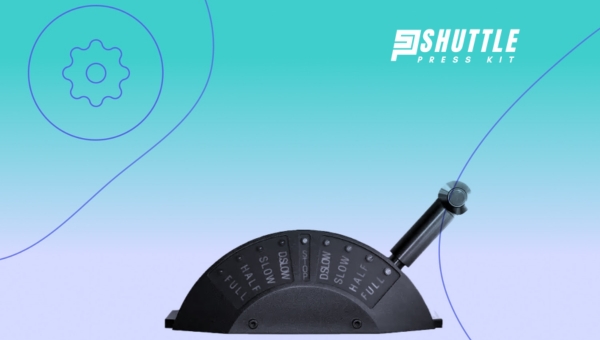
Another key reason for throttling is economic. By implementing throttling practices, ISPs can accommodate more subscribers without significantly expanding their current network capacity. This approach can be more cost-effective for the provider but might lead to suboptimal experiences for users, especially those engaging in data-heavy online activities. While this practice is more prevalent in mobile and wireless services due to their inherently limited bandwidth, it’s less common but not unheard of in wired connections like cable, DSL, and fiber optics.
Also Read:Starlink vs. Hughesnet: Picking Your Best Satellite Connection
How Can I Tell If My Internet Is Being Throttled?
Discovering if your Internet speed is being slowed down, known as throttling, by your Internet Service Provider (ISP) can be tricky but very possible. You might notice videos buffering more or websites taking longer to load. To figure this out for sure, there are a few steps you can take involving speed tests and using a tool called a Virtual Private Network (VPN).
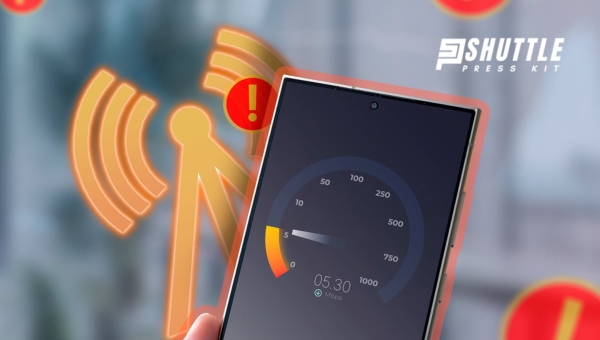
Run an Internet Speed Test
The first step in uncovering throttling is to check your internet speed. Imagine the internet speed like the speedometer in a car; it tells you how fast you are going compared to what is expected or permissible. Running this test gives you a number that shows how fast data travels to and from your device. Websites exist where you can do this for free. Remember, the goal here is not just to see how speedy or slow things are but to compare it with what should normally be expected given your plan with the ISP.
After noting down this initial speed test result, there’s an important follow-up involving the use of a VPN because some ISPs have ways of making these tests look better than daily reality.
Download and Activate a Reputable VPN
Next up: using a VPN can help get around possible meddling by ISPs in these tests. Think of a VPN as wearing a disguise on the internet so that your ISP doesn’t recognize you when conducting another speed test; it ensures that they can’t selectively improve speeds just because they’re being watched (tested). Installing and turning on this tool routes your internet connection through a private tunnel, hiding its contents from prying eyes – including those from ISPs who might want to slow down certain types of traffic.
This encrypted route means no one outside can tell what you’re viewing or downloading, providing not only privacy but also likely giving access to more realistic speed results without ISP interference.
Compare Results From Another Speed Test
Finally, after rerunning the speed test while connected via VPN, it’s time for comparison. Put side by side, if both tests – before and after using VPN – show similar speeds then probably everything’s fair and square; your net isn’t being unfairly restricted at certain times or for particular sites/apps/etc.
However, if there’s a noticeable difference with faster speeds while under VPN protection (meaning when supposedly ‘invisible’ to your ISP), then bingo – chances are high that throttling occurs without the disguise in place. This divergence shines a light on potential shading practices where ISPs might not provide services as openly as one would expect based on their deal/plan with customers.
Strategies to Prevent Internet Throttling by Your ISP
Internet Service Providers (ISPs) might throttle internet speeds during peak usage times or when users engage in data-heavy activities like streaming or gaming. Throttling can significantly degrade your online experience, leading to buffering, slow download speeds, and lag. If you suspect your ISP is limiting your internet speed, there are several measures you can take to counteract or prevent throttling.
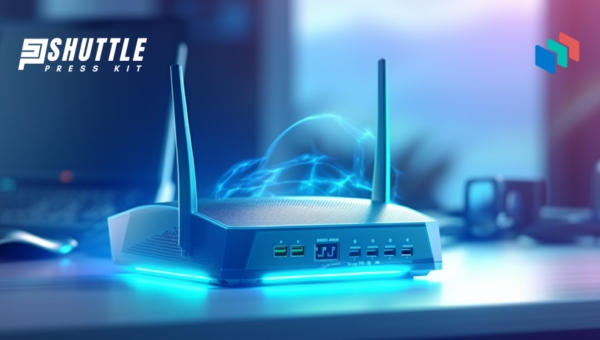
- Monitor Your Data Usage: Keeping a close eye on how much data you’re consuming can help manage and possibly stay within the limits set by your ISP, potentially reducing the chances of being throttled.
- Utilize a Virtual Private Network (VPN): A VPN encrypts your internet traffic, making it difficult for ISPs to monitor and selectively slow down specific types of online activities. By masking your browsing activity, a VPN can circumvent throttling based on content consumption.
- Contact Government Regulators: If throttling issues persist and seem unfair or without basis, reaching out to regulatory bodies like the Federal Communications Commission (FCC) can be an option. Reporting such issues may prompt an investigation into whether the ISP is violating net neutrality principles or consumer protection laws.
- Switch ISPs: Sometimes, the best solution is to look for alternative service providers with more transparent policies around data use and network management practices. Researching for an ISP that offers higher data caps or no throttling policies could be beneficial.
By implementing these strategies, users can better manage their relationship with their ISPs and seek solutions that ensure a fairer internet service delivery model.
How to Detect Internet Throttling Using a VPN?
Internet Service Providers (ISPs) may sometimes reduce your internet speed in specific scenarios, such as during peak usage times or when accessing certain online services. This practice is known as throttling. Using a Virtual Private Network (VPN) can help determine if your ISP is throttling your connection by encrypting your internet traffic, preventing the ISP from seeing what online services you’re accessing. Here’s a step-by-step guide to check for ISP throttling using a VPN:
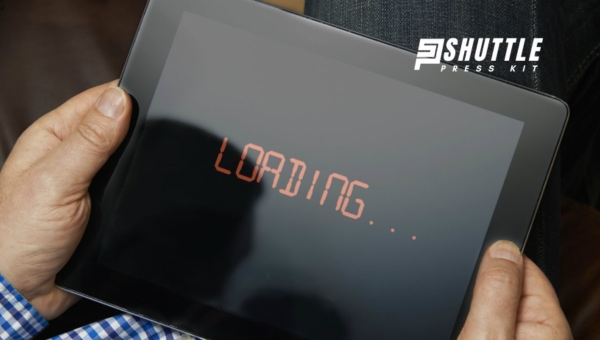
- Run an Initial Speed Test: Begin by testing your internet speed without a VPN connection. There are many free online tools available for this purpose. Record the upload and download speeds.
- Select and Connect to a VPN: Choose a reliable VPN provider and connect to one of its servers. If you’re unsure about which one to choose, some popular options include providers known for their speed and privacy features.
- Conduct Another Speed Test While Connected to the VPN: With the VPN active, run another speed test using the same online tool as before for consistency. Take note of both upload and download speeds again.
- Compare Your Results: Look at the differences between the two sets of speeds from before and after enabling the VPN. A significantly higher speed while connected to the VPN may indicate that your ISP was throttling your original connection, especially if there’s improvement in download speeds or accessibilities that wasn’t present without the VPN.
Remember, several factors can affect internet speeds including time of day, hardware capabilities, server location chosen on the VPN, etc., so it might be helpful to perform multiple tests at different times for conclusive results.
Also Read: Starlink Installation Guide: Easy Steps For Fast Internet
FAQs
How can I tell if my internet is being throttled?
You can use online tools like speedtest.net to compare your current internet speeds with your provider’s advertised speeds.
What are the signs of internet throttling?
Common signs include consistently slow internet speeds, frequent buffering while streaming, and difficulty connecting to certain websites or services.
Can I check if my internet is being throttled on my phone?
Yes, you can use apps like Speedtest by Ookla or Fast.com to test the speed of your internet connection on your phone.
How can I determine if my internet is being throttled by my ISP?
You can conduct speed tests at different times of the day to see if there are noticeable drops in speed during peak usage hours, which may indicate throttling by your ISP.
Is there a way to bypass internet throttling?
Using a virtual private network (VPN) can help to bypass internet throttling by encrypting your internet traffic and making it more difficult for your ISP to detect and throttle specific services.
Conclusion
monitoring your internet speed and usage can help you identify if your internet is being throttled by your provider. By using online speed tests and looking at your data consumption, you can see if your connection is performing below its usual level.
Additionally, contacting your internet service provider and discussing any concerns you have about slow speeds can help you understand if throttling is taking place and what steps can be taken to resolve the issue. By staying aware of your internet performance and advocating for a reliable connection, you can ensure a better online experience.
